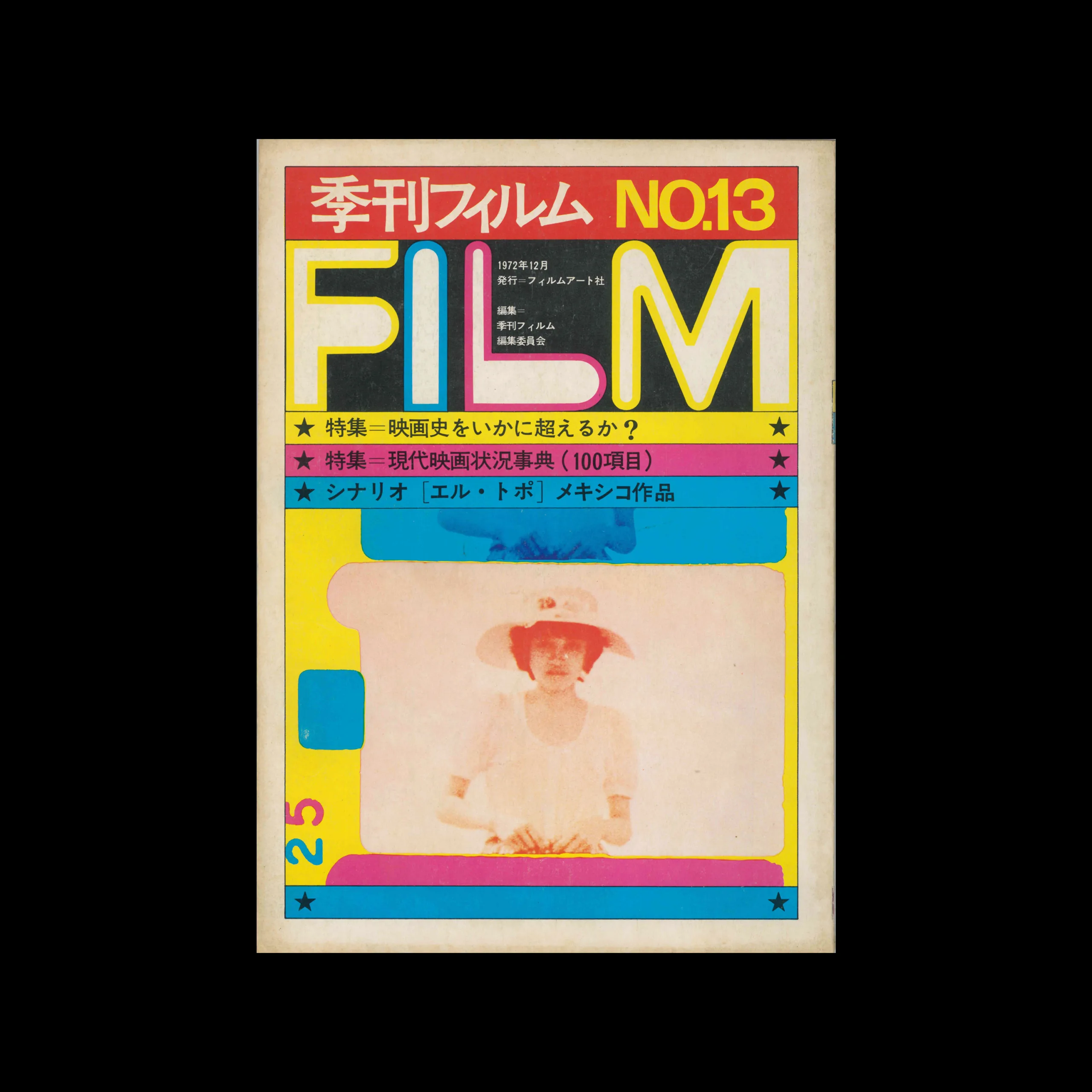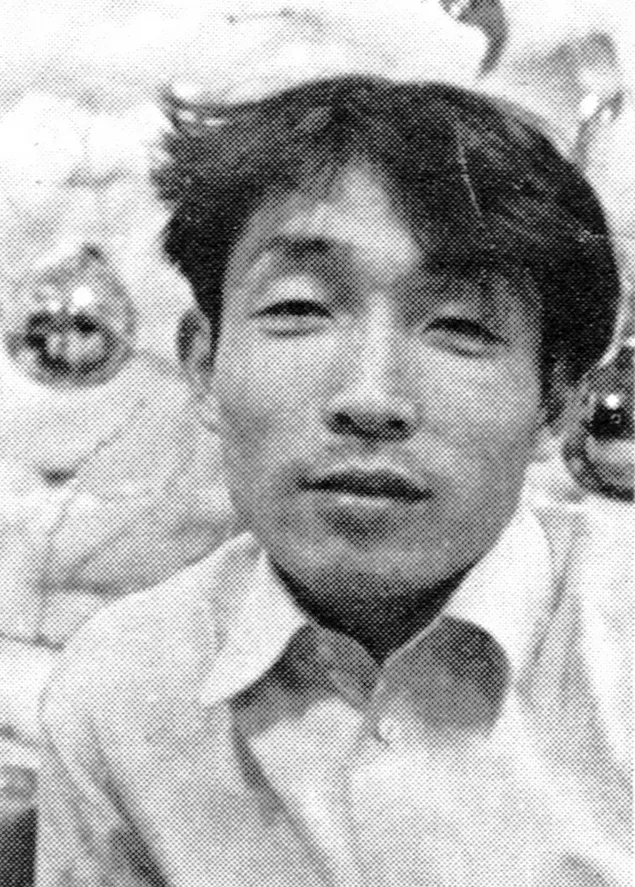

Information
Quarterly Film was launched in 1968 by Film Art Company as a quarterly film magazine.
The seven members of the editorial board are Kiyoshi Awazu, Takahiko Iimura, Toru Takemitsu, Hiroshi Teshigahara, Yusuke Nakahara, Shunsuke Matsumoto, and Koichi Yamada.
They are outstanding representatives of avant-garde art, experimental films, and film criticism of the time. It was issued for the purpose of introducing new film movements overseas.
Details
Linked Information
